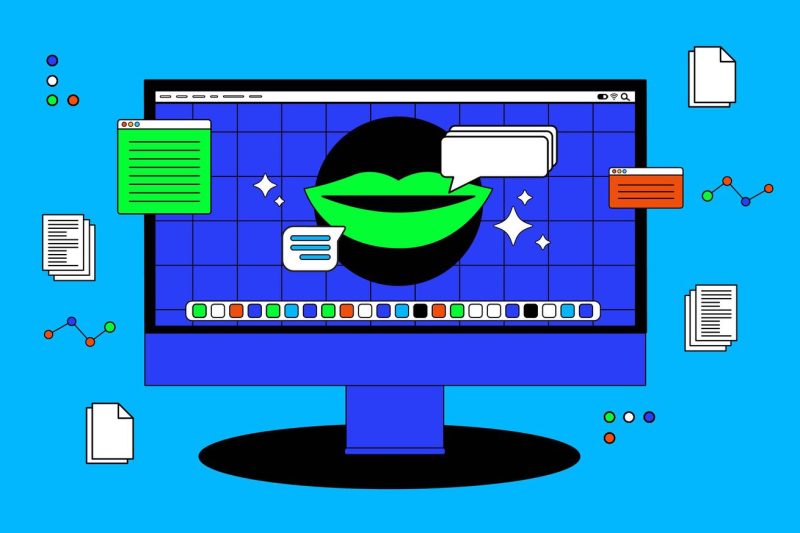In the digital age, technology continues to revolutionize every aspect of our lives. One such innovation that is gaining popularity in education is the utilization of chatbots as teachers. Traditionally, teachers are considered as the primary source of knowledge and guidance in a classroom setting. However, with the advancement of artificial intelligence, chatbots are stepping in to provide an additional layer of support in the learning process.
Chatbots are computer programs designed to simulate conversation with human users, typically over the internet. They are programmed to understand and respond to natural language, making them an ideal tool for educational purposes. The ability of chatbots to engage students in interactive conversations provides a unique and personalized learning experience. Unlike traditional teaching methods, chatbots can adapt to individual learning styles and pace, offering tailored assistance and feedback to students.
One of the key advantages of using chatbots as teachers is their availability and accessibility. Students can interact with chatbots at any time, from any location, without the constraints of traditional classroom settings. This flexibility allows for continuous learning opportunities outside of school hours and beyond the confines of a physical classroom. Additionally, chatbots can provide instant feedback on assignments, quizzes, and revision sessions, enabling students to receive guidance and support in real-time.
Furthermore, chatbots can assist teachers in managing large class sizes more efficiently. By automating routine tasks such as grading assignments and providing basic explanations, chatbots can free up teachers’ time to focus on more complex and interactive teaching methods. This collaboration between human teachers and chatbots enhances the overall learning experience for students, combining the best of both human expertise and technological innovation.
Despite the numerous benefits of using chatbots as teachers, there are some limitations to consider. Chatbots may struggle to provide the emotional support and empathy that human teachers naturally offer. They also have limitations in understanding complex queries or engaging in deep philosophical discussions. Therefore, it is essential to strike a balance between the use of chatbots and human teachers to ensure a holistic and comprehensive learning experience for students.
In conclusion, the integration of chatbots as teachers represents a promising development in the field of education. By harnessing the power of artificial intelligence, chatbots can enhance learning outcomes, increase accessibility, and support teachers in delivering personalized education. While there are challenges to overcome, the potential benefits of leveraging chatbots in education are significant. As technology continues to evolve, the role of chatbots in the classroom is likely to expand, offering new opportunities for interactive and engaging learning experiences.

